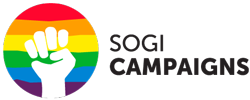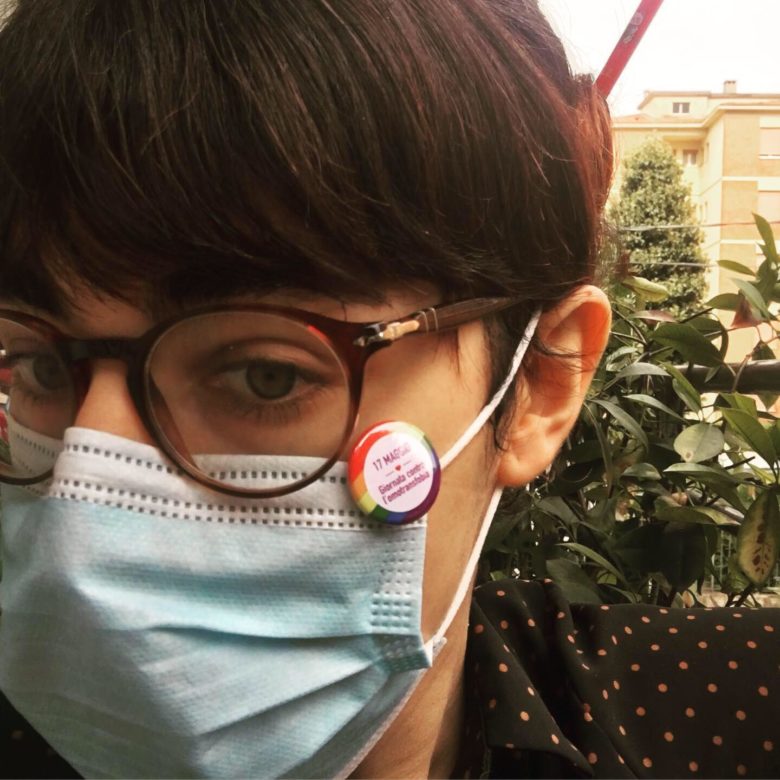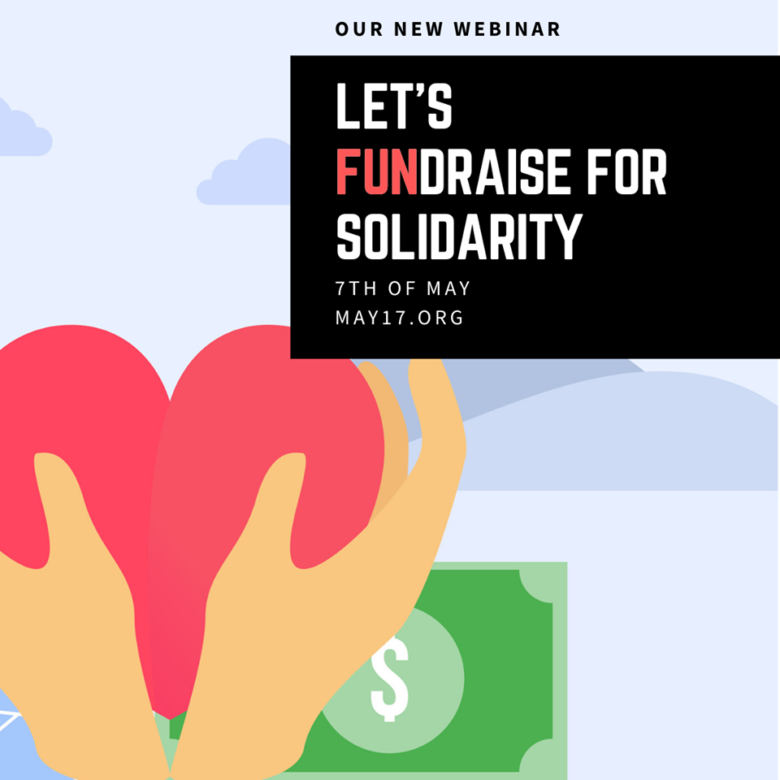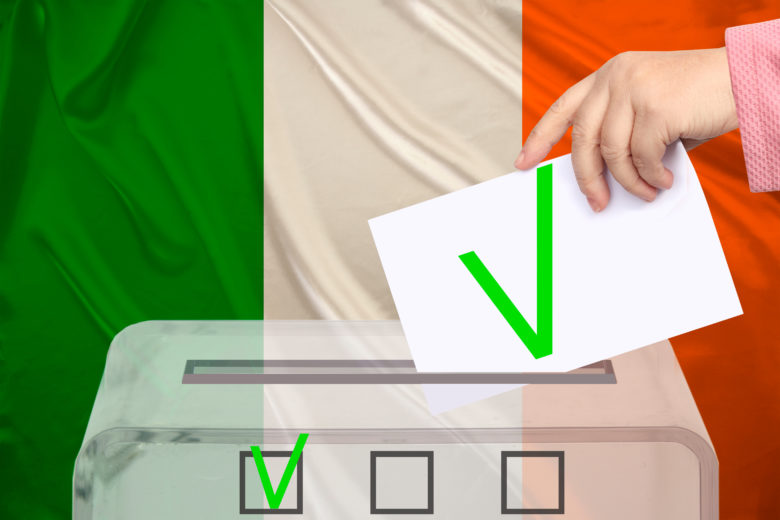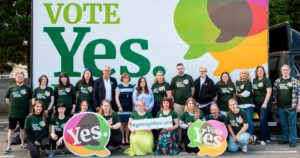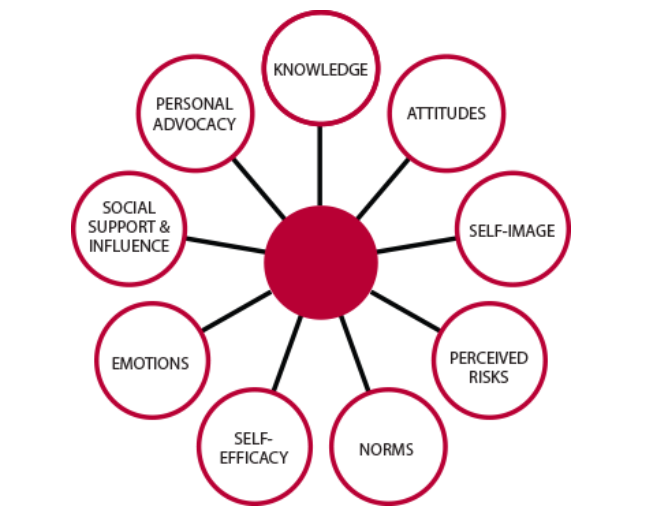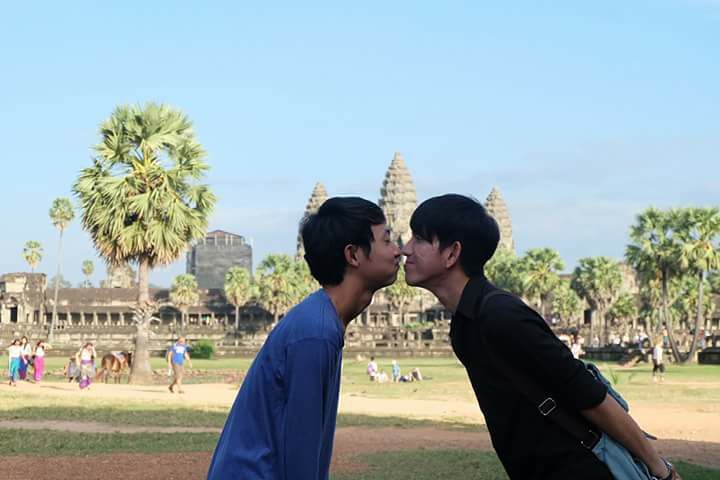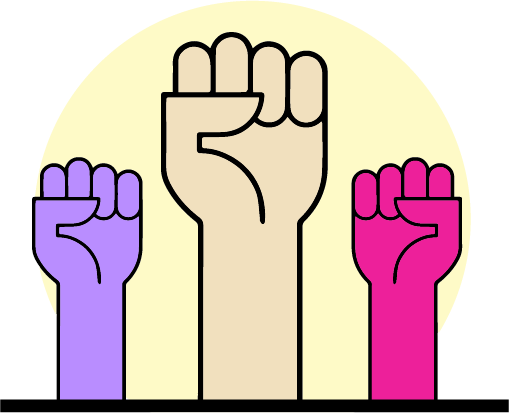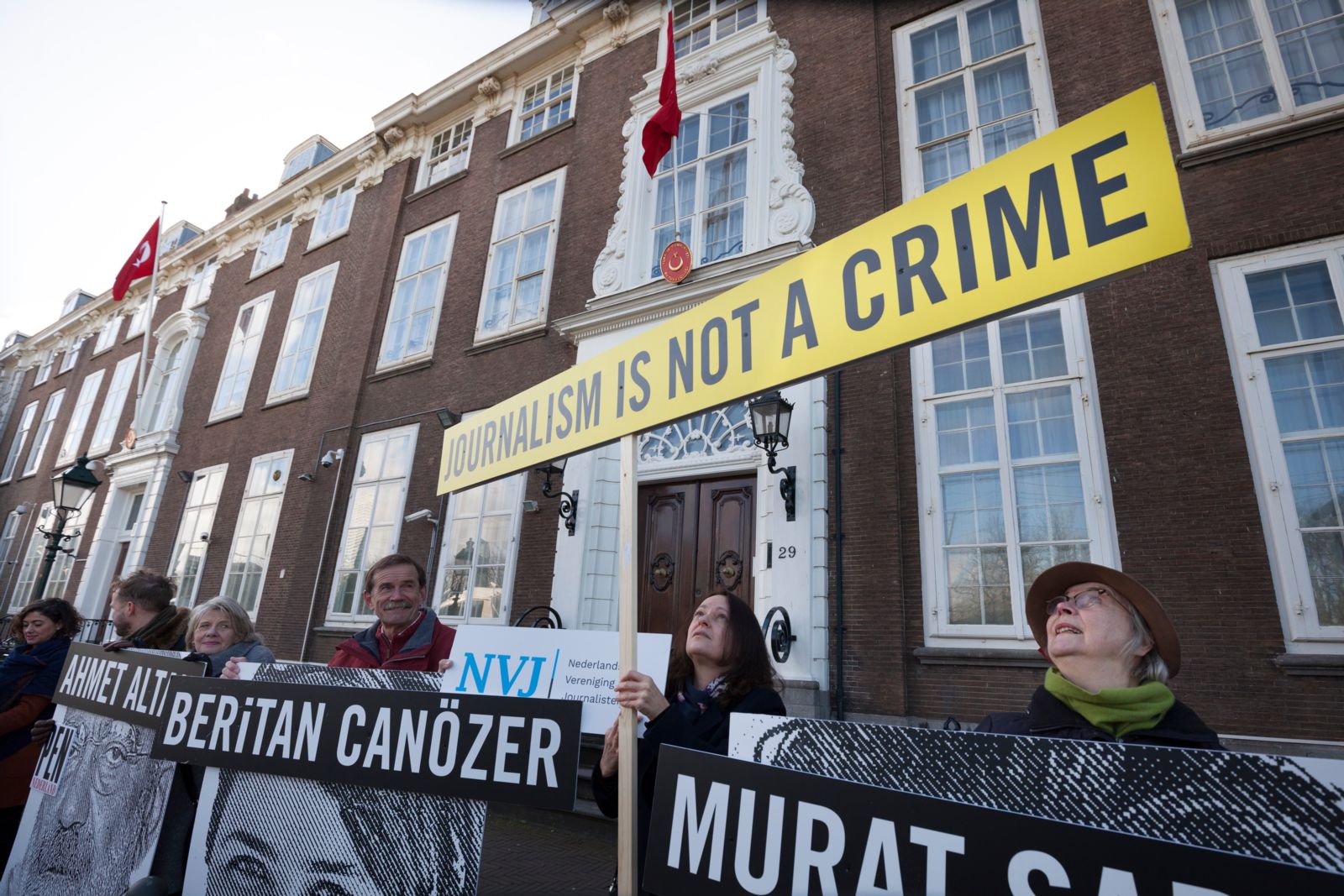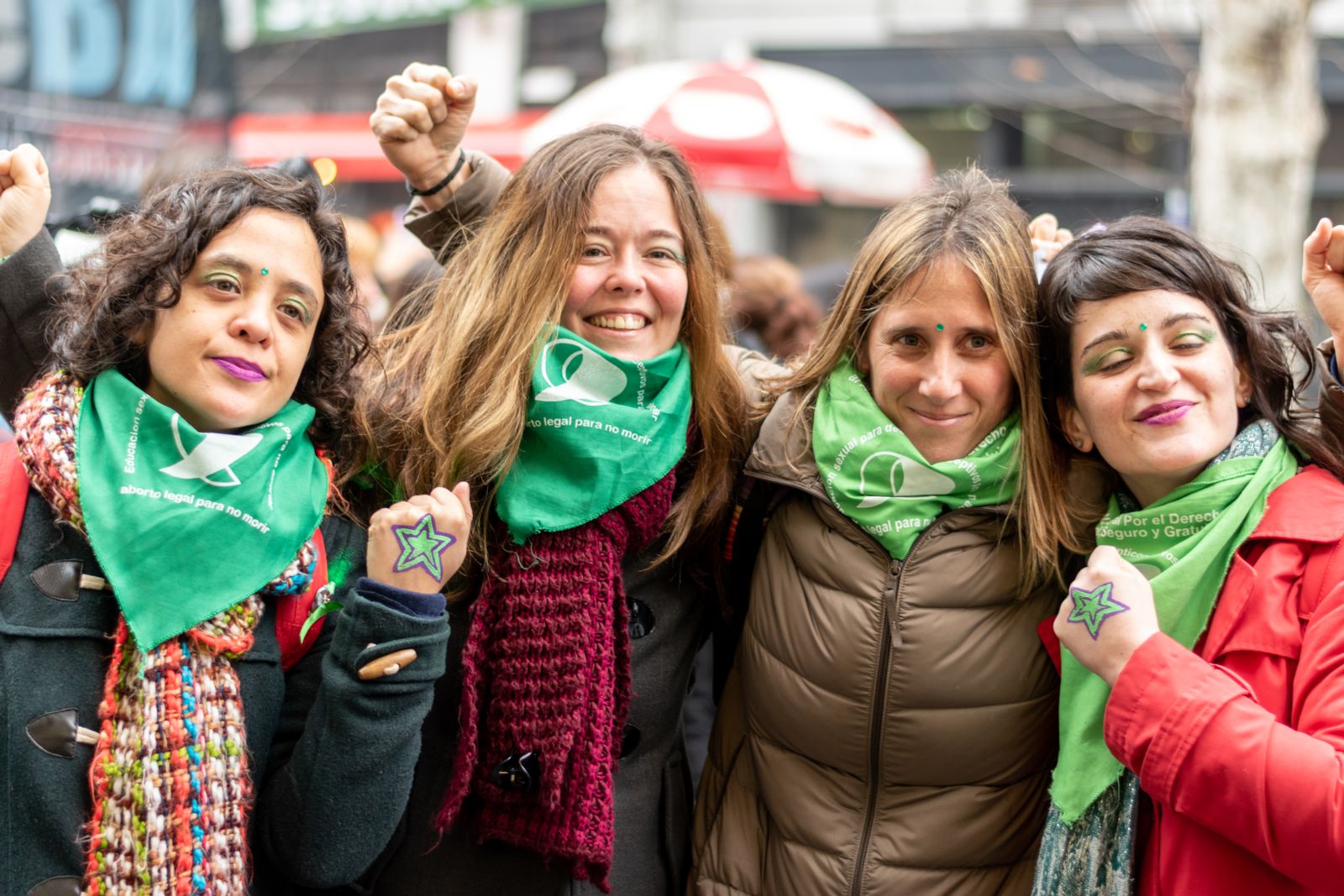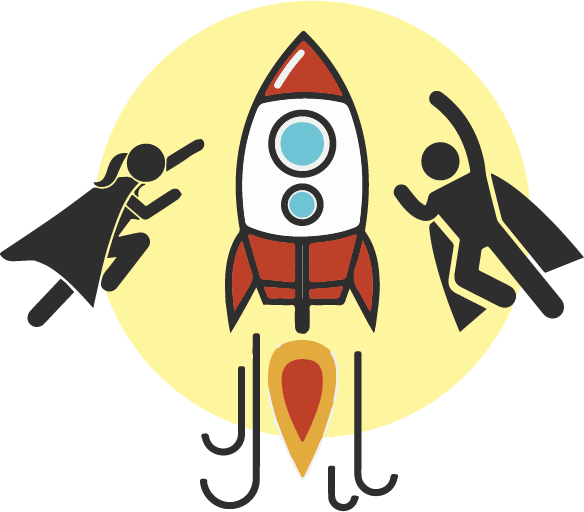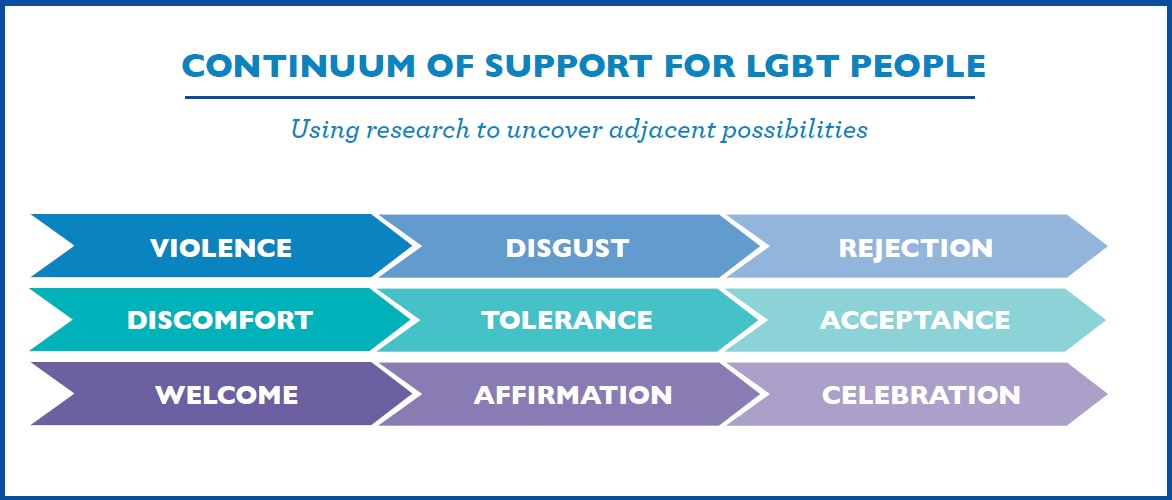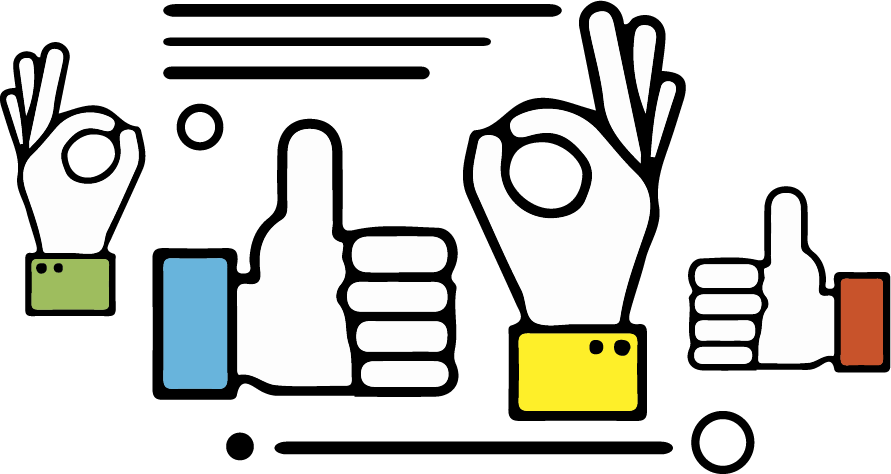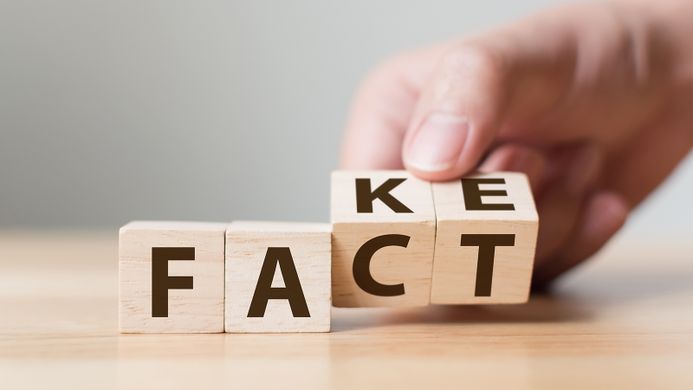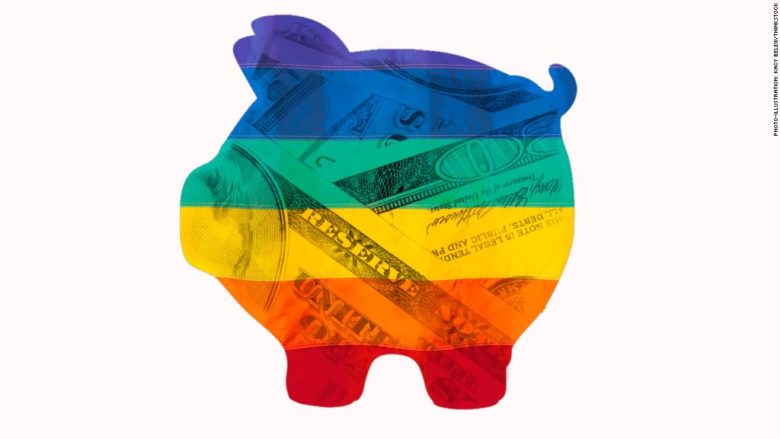Social media tactics to employ in 2020!
Social networks are without a single doubt a must for sending any effective campaigning message into the digital sphere. They allow us two-way communication with our target group members, give us the opportunity to measure and monitor the results of the campaign, but also to employ a wide breadth of content.
On this occasion, we bring you a Quintly article concerning the trends that we should definitely pay attention to during 2020.
1. Track your Social Media Analytics
Tracking social media analytics is one social media tactic that you do not want to ignore in 2020.
Why? Because tracking and analyzing your social media insights and analytics allows you to improve upon your social media and digital marketing strategy.
2. Utilize Messenger Chatbots
Using MobileMonkey, you can create and implement chatbots through Facebook Messenger.
Chatbots can be used for marketing, sales, customer service, and more.
You can program your chatbot to talk about anything; simply create the dialogue from within the MobileMonkey chatbot builder.
3. Increase video content
Video content has been around for ages, but it is only increasing in popularity.
With easily accessible apps like TikTok and Snapchat saturating the market, people of all ages are making and sharing video content.
People experience things more visually than anything, especially in social media. Sharing visually appealing video content has become the norm.
4. Collect user-generated content
Social media has provided a number of platforms for regular people to share their thoughts about – well – anything.
That includes their experiences with businesses and products.
Some of your customers are likely flocking to their social media channels to rave (or possibly rant) about your products and services, and the positive accolades provide content that you can use to your benefit.
5. Measure your engagement
Here’s a social media tactic you don’t want to leave in 2019 – measuring your engagement.
There’s no use in posting to social media if you’re just posting into a black hole.
It’s important to keep up with your engagement levels so that you know what your unicorn content is and what your donkey content is.
6. Invest in Social Media Ads wisely
Social media ads are an important strategy to make sure you’re expanding your reach and getting to as many users as possible.
But with the cost of some social media ads, it can be a pointless endeavor.
7. Use Social Media Psychology
There are certain aspects of psychology that go hand-in-hand with social media, resulting in certain types of content doing better than others.
You want to focus on your potential customers with your social media content.
Make it enjoyable; happy, compelling content is more likely to engage more users.
Partner with influencers to get your shares up; when influencers talk about your business or brand, it reaches millions of people.
8. Focus on Social Media Groups
Social media groups are places where people can come together based on shared interests or ideas.
Groups exist on a number of social media channels – like for example on Facebook – and are focused on thousands of different topics.
There are social media groups existing for every industry, for every strategy, and for every topic.
9. Create a consistent branding for your content
It’s almost the new year: time to stop being wishy-washy with your branding.
Having a consistent branding makes your content appear clean and neat and also makes it recognizable in social feeds.
That way, users are less likely to miss your content because they’ll immediately know what they’re looking at.
10. Be in the right social channels
There’s no use being in a social channel if none of your customers are there.
For example, if you’re a software company, you’re not likely to find too many people searching for your brand on Pinterest.
Making sure you’re in the right social channels is a social media tactic that can’t go ignored in 2020.
